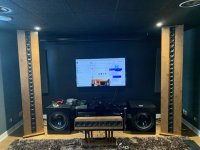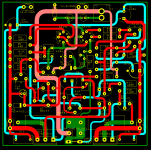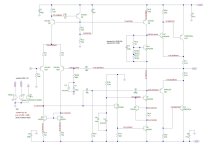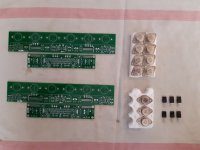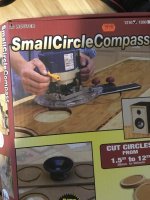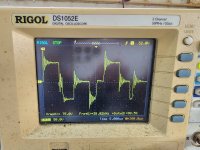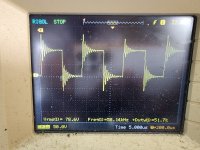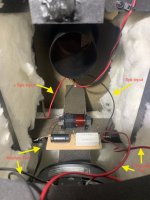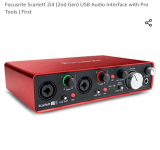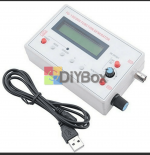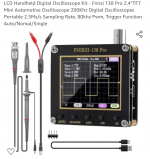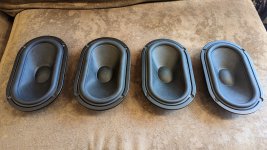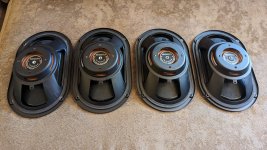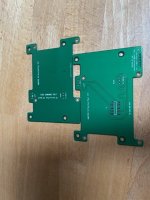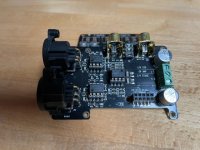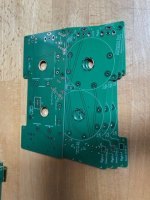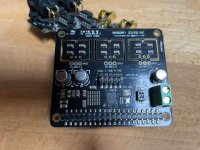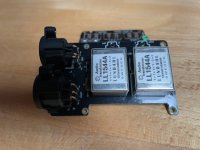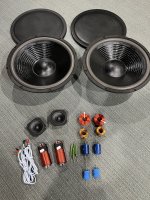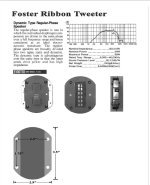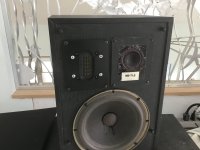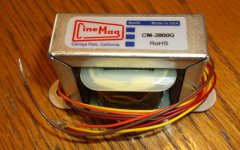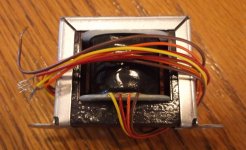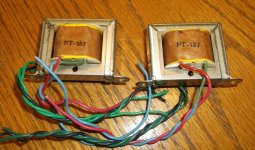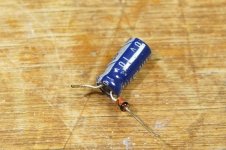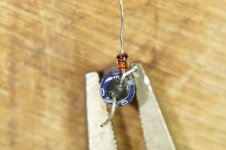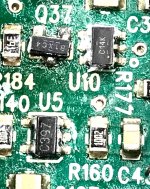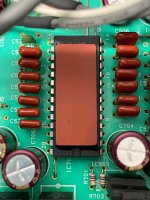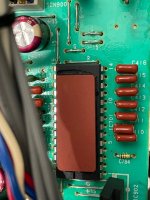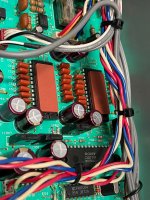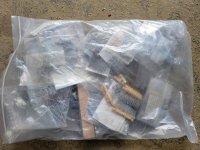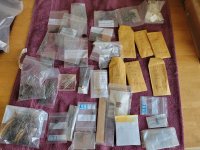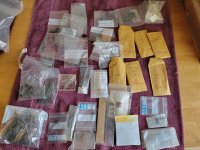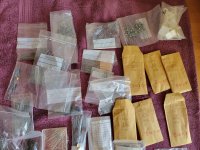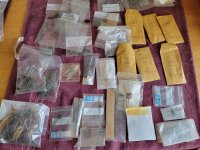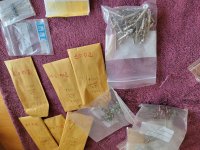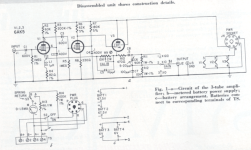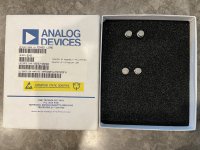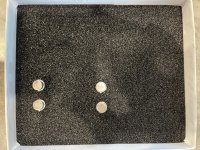Hi amigos,
Just received the new Sabaj A20. This a brand new class D amp made with a dual Infineon Merus MA12070 and fully balanced.
This is my second amp based on this chip. I had already reviewed a fully symmetrical dual Mono MA12070 that I had built a few months ago.
The amp is made in an aluminum case, it feels sturdy and beefy. The front of the amp has a mirror front and the volume controller has a dual function (volume and selector). When you press a few seconds on it , it powers ON / OFF. The amps also comes with a remote control.
The design really looks like the SMSL AD18.
You have the possibility to adjust the bass / treble, the amp also has some presets, I'm not a fan of it, I left it in "direct" mode.
What we found inside :
- Dual Merus MA12070 chips
- OPA1678 op amps
- NJW1194 digital volume chip
- A great Meanwell SMPS PSU 300W
- RCA inputs
- XLR inputs
- Sub out
- Banana speakers
I listened to the amp with my favorite Audiophile Playlist for 1 hour yesterday, it is really impressive @ first listening. Seems promising in relation to its ration performance / price.
Since I own almost all TPA325X in the market and some Hypex Ncore and Purifi at home, I can tell you that it is pretty good even very good in comparison ... for the little that I have heard.
Should be nice to have the ASR review soon ) Fingers X.
In fact the amp is using exactly the same components as the SMSL DA 9. The design is just different.
I have no real idea of the veracity of the data relating to its real power ... but I can confirm one thing, it does not lack potency! If I set the volume to -03DB and stream from my LG V30 in LDAC, at 30% of the volume, I am largely covering my living room of around 35 / 40m2. This is an amp that is rather SQ oriented.
I will let ASR giving us a real feedback about the measurements.
I can tell you that next to my Ncore and a TPA3255 (top of the range, Jlester, DrMordor) it does not blush at all! It has a somewhat different sound signature. We find a little the soundstage of the TPA325X and that of the Ncore, it is a little different however but nothing to complain about, it is performing very well here. I find in the signature of the MA12070 chip a particular roundness in the mediums, the bass is quite muffled but very present. The highs are very similar to the Ncore. The amp is also absolutely dead silence between tracks, the meanwell PSU helps here.
My setup :
Gustard X16 DAC
Sabaj A20 (XLR > full balanced mode)
Other amps : Hypex Ncore / Purifi / TPA325X
High end floor 2.5 way speakers, Ribbon tweeter (handmade in France by the way)
Streamer : LG V30 via LDAC
Source : Audiophile Master Sound HD Playlist
I tried to open the case to take pictures of the module, the PCB etc .. but unfortunately it is complicated to dismantle ...
Videos :
Sabaj test 1
Sabaj test 2
Pictures :







